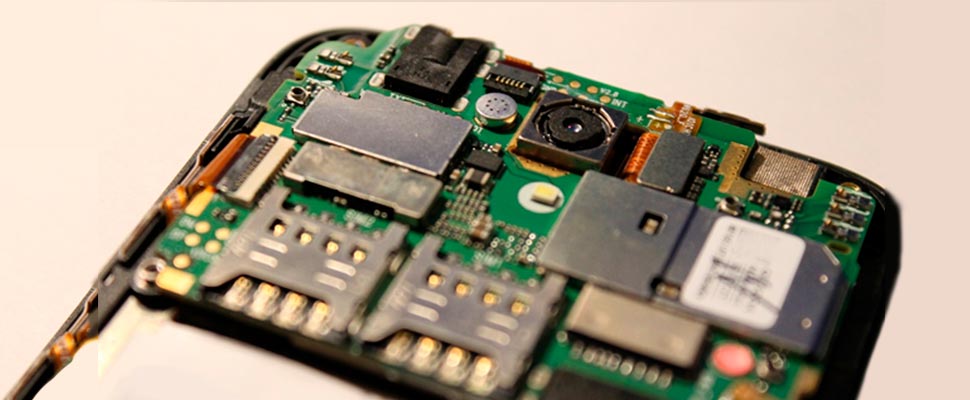New PCBs Could Make Smartphones More Eco-Friendly
With each passing year, we are now seeing a growing focus on environmental conservation with respect to consumer activity.

Samuel L. Smith
Escucha este artículo
People are more conscious of the need to recycle, more open to responsible automobiles or alternative transportation, and curious about technologies that can make home energy consumption more efficient. The broader discussion on consumer-related environmental efforts, however, has to include personal electronics as well.
To this point, we have asked the question ‘Are Green Smartphones Possible?’ in the past. The direct answer to this question is that yes, we have been some “greener” phones being made possible. At the highest level of tech and telecommunications though, there are still various inefficiencies and material issues that are extraordinarily harmful to the environment.
A lot of the negative impact connected to smartphones (and other consumer tech) has to do with the production process. Per a TechRadar exposé on smartphone damage, the CO2 output involved in the actual creation of these devices is responsible or a somewhat alarming footprint. Specifically, “for the same amount of CO2 emissions as building a new smartphone, you could power a smartphone you already own for around ten years.” Clearly this is a massive inefficiency, and a hard one to address.
Also read: Are green smartphones possible?
Material impact from smartphones, however, can be worked on somewhat more easily and effectively. Aside from the emissions associated with development, much of the negative impact associated with smartphones comes from the fact that they’re difficult to dispose of responsibly. Some of the casing materials can be recycled with relative ease. But internal components — and most notably the printed circuit boards within phones — don’t lend themselves well to any sort of responsible disposal cycle. And though PCBs may be small independently, massive stockpiles of them from old and discarded phones can result in the release of significant quantities of harmful waste back into the environment.
As stated though, this is a problem that can be worked on. Already, the use of metals in PCBs is resulting in improved green design. Altium discusses metal core PCBs as being made to provide “structural stability,” and to assist with “thermal dissipation” in devices. In other words, a device with a metal-core PCB can be more durable, and can conduct heat more effectively (both of which are significant for a lot of modern devices). But metal is also far easier to recycle than some of the other materials commonly used in PCB design.
This may only be the beginning as well. There are ongoing efforts to create more eco-friendly boards from biodegradable materials. It would be optimistic to suggest that such eco-friendly concept designs will be used in mainstream smartphone development any time too soon. But the mere fact that they’re being worked on demonstrates that PCBs can be made more eco-friendly. Eventually, this may help to further mitigate the material pollution issues associated with smartphones.
Then again, we may also soon have to look to other consumer devices for eco-friendly efforts. There is a lot of talk lately about what mobile devices will look like in the coming years. And while some previews, such as Digital Trends’ look at smartphones’ future, focus on innovations like a lack of buttons, or foldable designs, there are others suggesting the end of smartphones altogether. Some believe that some combination of wearable and even implanted technologies could effectively replace our phones as we know them at some point in the next decade.
In the meantime though, it’s crucial that we continue to consider eco-friendliness with regard to our personal device usage. And if greener PCBs can be developed more major smartphones, we could go a long way toward making consumer tech more sustainable.





